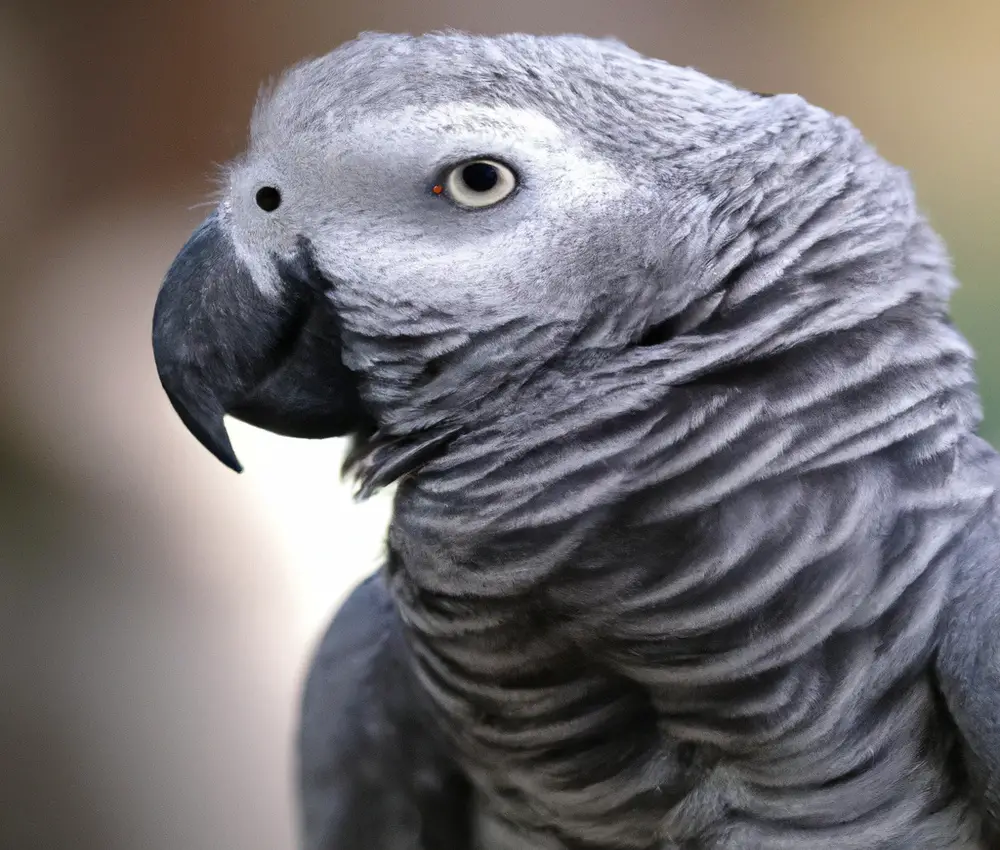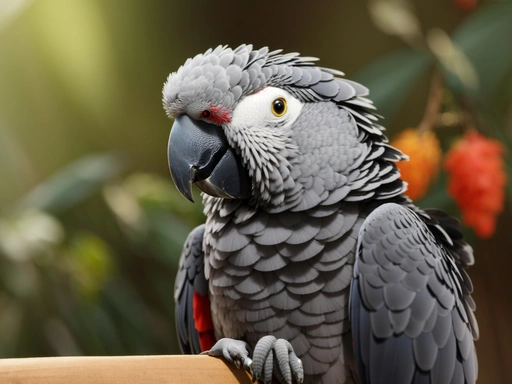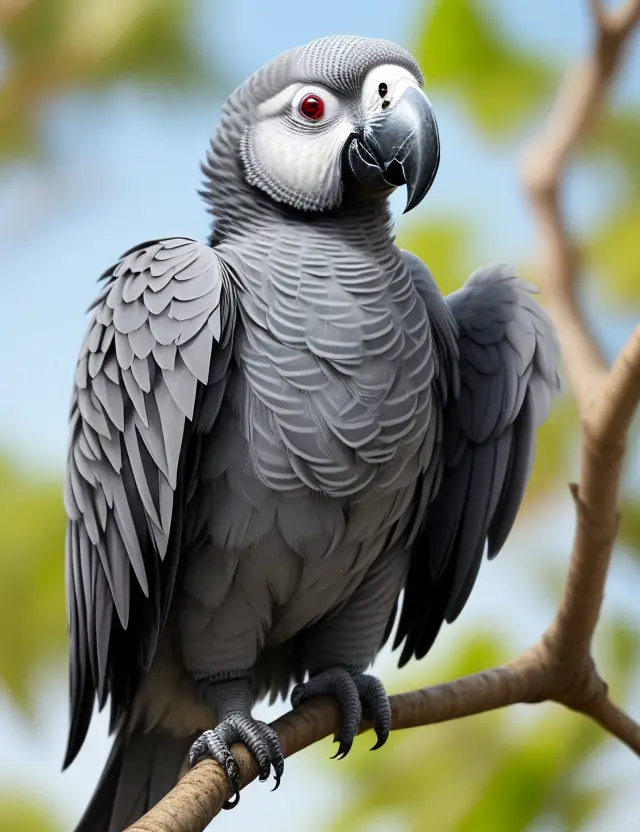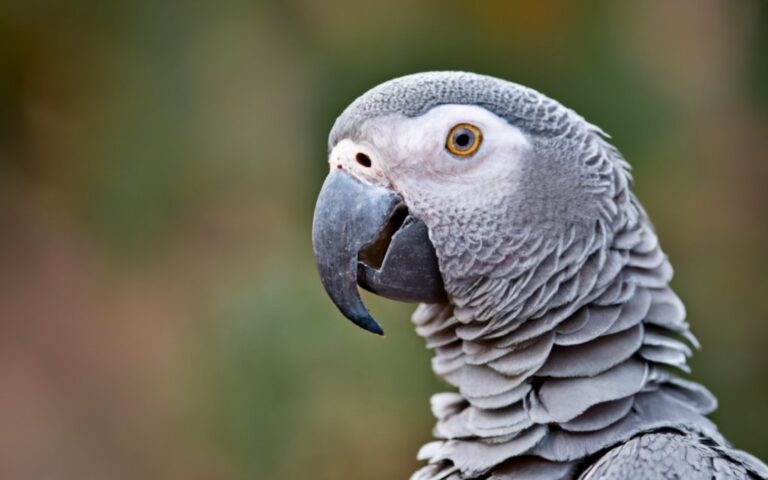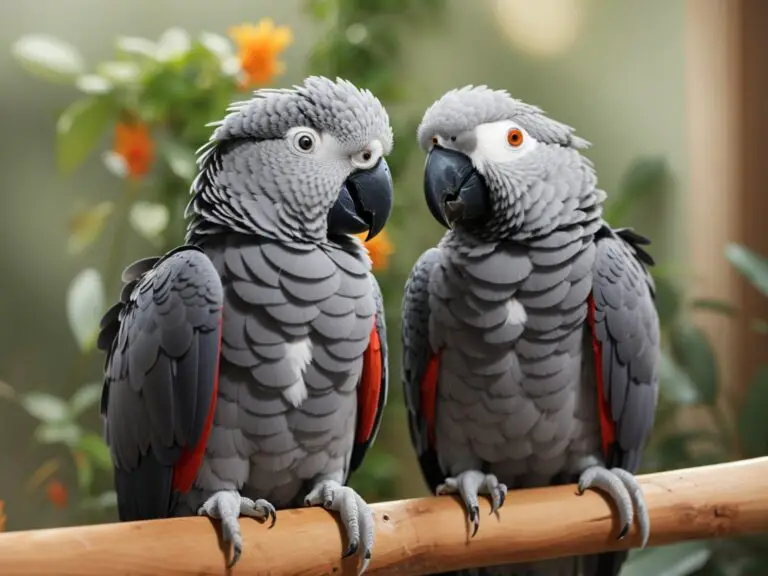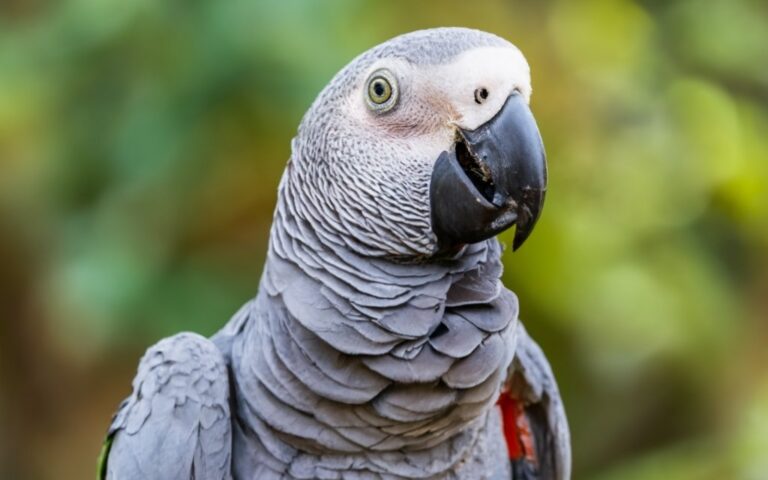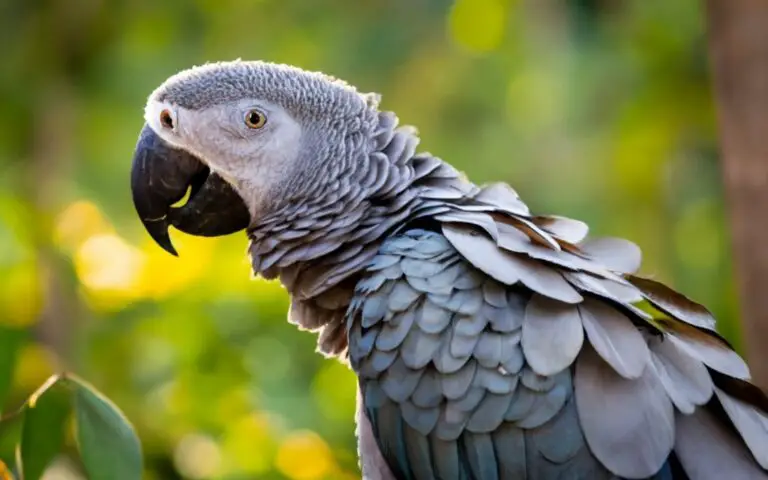What Is The Difference Between Wild-Caught And Captive-Bred African Grey Parrots?
Key Takeaways:
- Wild-caught African Grey Parrots are taken directly from their natural habitats, while captive-bred ones are bred and raised in captivity.
- Wild-caught African Grey Parrots tend to have higher stress levels and adaptability issues compared to captive-bred ones.
- Captive-bred African Grey Parrots tend to be more socialized and easier to handle compared to their wild-caught counterparts.
- Supporting the captive breeding of African Grey Parrots can help reduce the negative impact of wildlife trafficking and contribute to their conservation.
Have you ever wondered what sets wild-caught and captive-bred African Grey Parrots apart?
These magnificent birds have become popular companions due to their intelligence, charming personalities, and unmatched ability to mimic human speech.
But the origins of these parrots play a significant role in their behavior, adaptability, and overall well-being.
In this article, we’ll delve into the differences between wild-caught and captive-bred African Grey Parrots.
From the controversial capture of wild parrots to the benefits of adopting captive-bred ones, we’ll explore the various aspects that potential owners need to consider.
So, whether you’re planning to bring home one of these majestic creatures or simply curious about their origins, join me on this journey to uncover the secrets of African Grey Parrots.
| Difference | Wild-Caught African Grey Parrots | Captive-Bred African Grey Parrots |
|---|---|---|
| Origin | Collected from their natural habitat | Bred in captivity |
| Population | Declining due to unsustainable hunting and habitat loss | Increasing due to controlled breeding programs |
| Behavior | More likely to exhibit wild behavior, may be difficult to tame | More likely to have been hand-raised and trained, may be easier to handle |
| Health | May be more susceptible to diseases and parasites | Tend to have better overall health due to controlled environment and care |
| Adaptability | May struggle with adjusting to a captive environment initially | More likely to adapt well to a captive environment |
| Cost | Often more expensive due to limited availability and high demand | Generally more accessible and affordable |
Wild-Caught African Grey Parrots
Wild-Caught African Grey Parrots are those that have been captured from their natural habitats rather than being bred in captivity.
The Process of Capturing Wild African Grey Parrots
The process of capturing wild African Grey parrots involves illegal practices like poaching. Trappers use methods like mist netting or capturing them from their nest in the wild.
This process is detrimental to the parrots and their populations, leading to a decline in their numbers.
It is essential to understand the ethical concerns surrounding the capture of these parrots and support conservation efforts instead.
Ethical Concerns and Controversies Surrounding Wild-Caught Parrots
Ethical concerns and controversies surrounding wild-caught parrots are significant. The process of capturing these birds from their natural habitat can be detrimental to their well-being.
It often involves trapping, smuggling, and stressful transportation conditions.
This not only disrupts the natural ecosystem but also contributes to the decline of wild parrot populations. Additionally, these parrots may have difficulty adapting to captivity, leading to behavioral and emotional issues.
It’s important to consider the ethical implications before purchasing or adopting a wild-caught parrot.
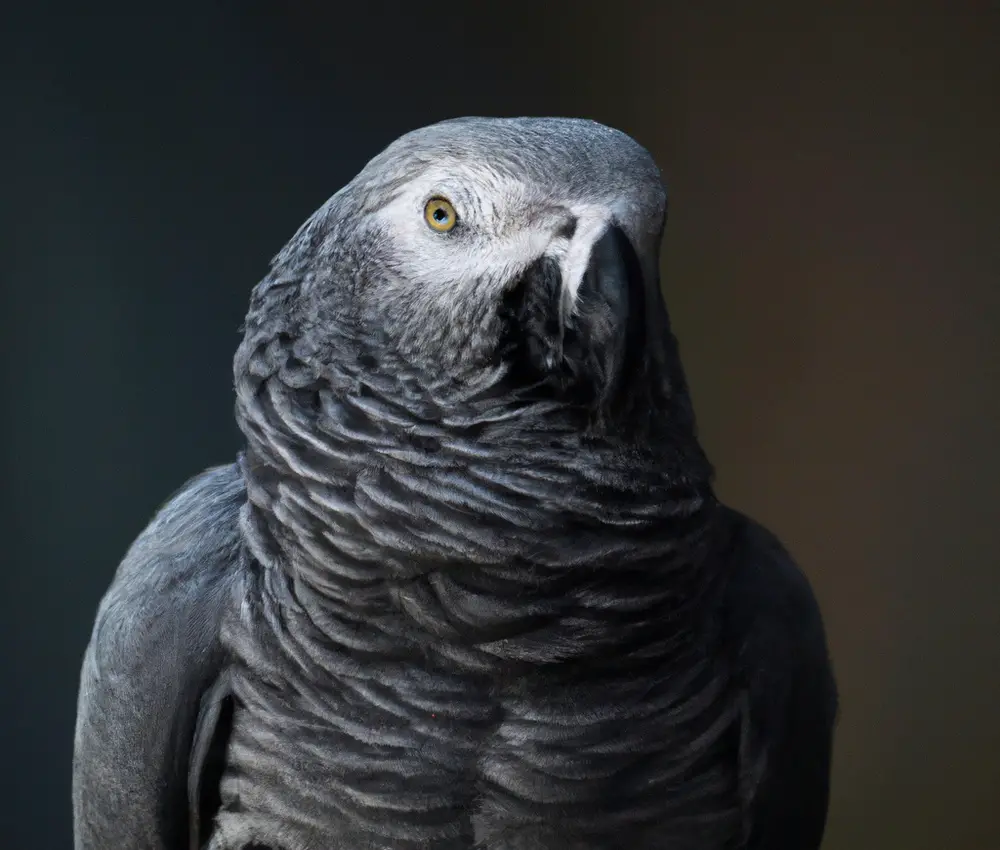
Challenges of Adopting and Caring for Wild-Caught African Grey Parrots
Adopting and caring for wild-caught African Grey parrots can present several challenges.
First, these parrots may have experienced trauma during capture and transportation, which can lead to behavioral issues and difficulty in adapting to new environments.
Additionally, they may lack socialization, making it harder to bond with their new owners.
Extensive time and effort are required to gain their trust and provide them with the necessary attention, mental stimulation, and enrichment.
Seeking advice from experts can be crucial in providing appropriate care for these birds.
Captive-Bred African Grey Parrots
Captive-bred African Grey Parrots are raised in breeding programs, ensuring their availability as pets and reducing the demand for wild-caught birds.
Breeding Programs for Captive-Bred African Grey Parrots
Breeding programs for captive-bred African Grey Parrots play a crucial role in ensuring the availability of healthy and well-adjusted parrots for adoption. These programs involve carefully selecting compatible breeding pairs, providing suitable nesting and feeding environments, and monitoring the health and development of the chicks.
Reputable breeders focus on promoting genetic diversity, socialization, and proper care to produce well-adjusted and sociable parrots.
The goal is to raise captive-bred African Grey Parrots that are physically and behaviorally similar to their wild counterparts, while also being well-suited for life as companion birds.
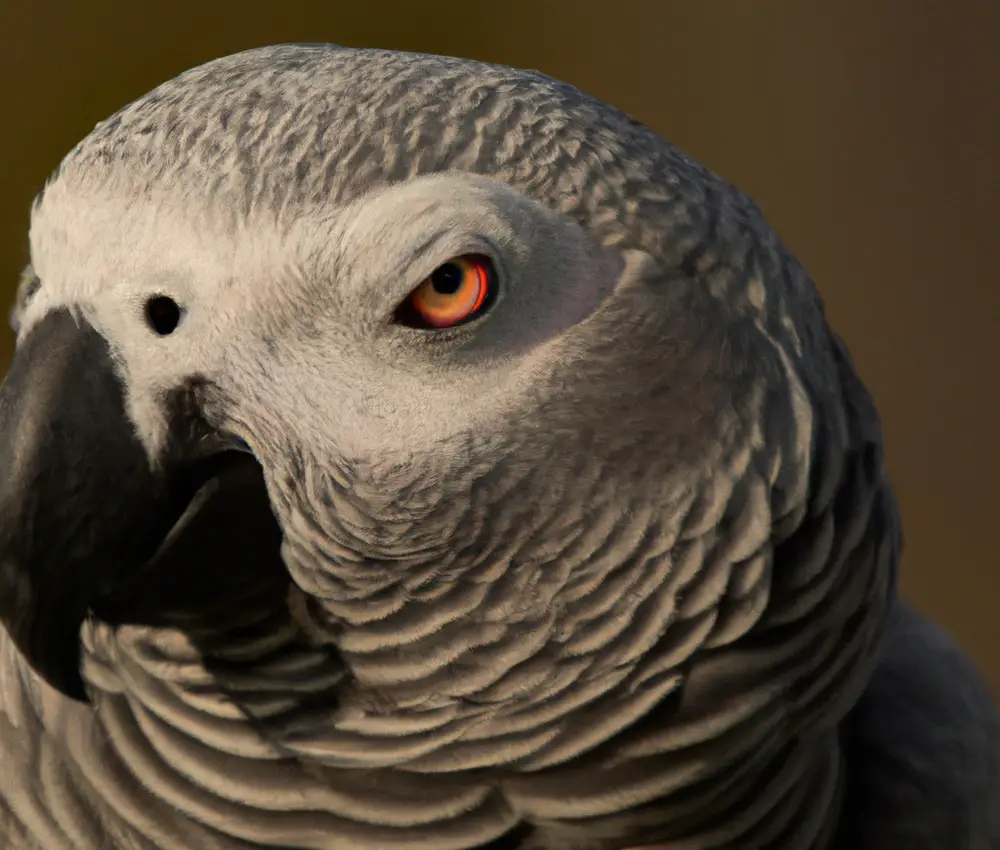
Benefits of Adopting Captive-Bred African Grey Parrots
Adopting captive-bred African Grey Parrots comes with several benefits.
- Health and longevity: Captive-bred parrots are generally healthier and have a longer lifespan compared to their wild-caught counterparts. This is because they are raised in controlled environments with proper nutrition and veterinary care.
- Socialization: Captive-bred parrots are usually hand-raised and socialized from a young age. As a result, they are more accustomed to human interaction and are typically more friendly and comfortable with their owners.
- Predictable behavior: Captive-bred parrots have predictable behaviors and can adapt well to living in a domestic environment. They are more likely to be receptive to training and forming a bond with their owners.
- Legal compliance: Owning a captive-bred African Grey Parrot eliminates the ethical concerns and legal issues associated with purchasing a wild-caught parrot. By adopting from reputable breeders or sellers, you can ensure that your parrot has been responsibly bred.
- Conservation efforts: Opting for captive-bred parrots supports conservation efforts as it reduces the demand for wild-caught parrots. This helps protect the population of African Grey Parrots in their natural habitats.
Remember, it is essential to adopt from reputable breeders or sellers who prioritize the welfare of the birds and adhere to ethical breeding practices.
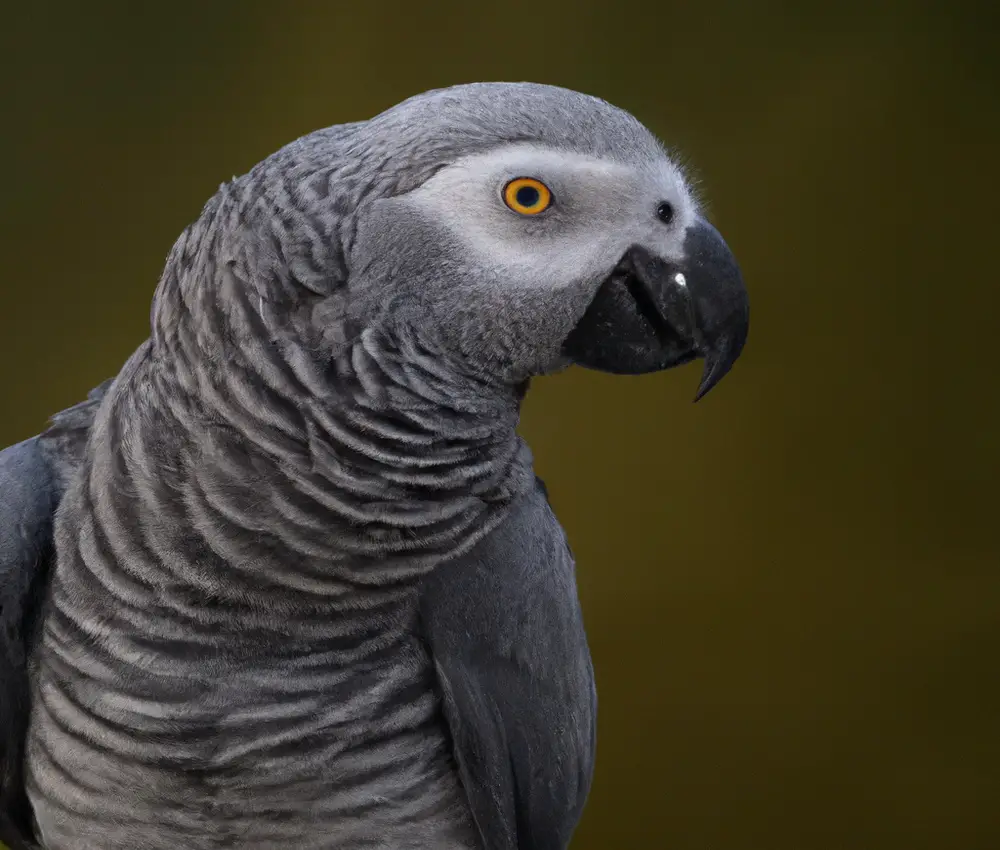
Differences in Behavior and Adaptability Compared to Wild-Caught Parrots
Captive-bred African Grey Parrots may display different behavior and adaptability compared to their wild-caught counterparts.
This is due to the fact that captive-bred parrots have been raised in controlled environments and have had human interaction from a young age.
They are often more socialized and can be more accustomed to human presence and handling.
They may also be more responsive to training and learning new behaviors.
On the other hand, wild-caught parrots may exhibit more natural behaviors and instincts.
They may require more time and patience to adjust to living in a human environment.
It is important to understand these differences when considering which type of African Grey Parrot is best suited for your lifestyle and preferences.
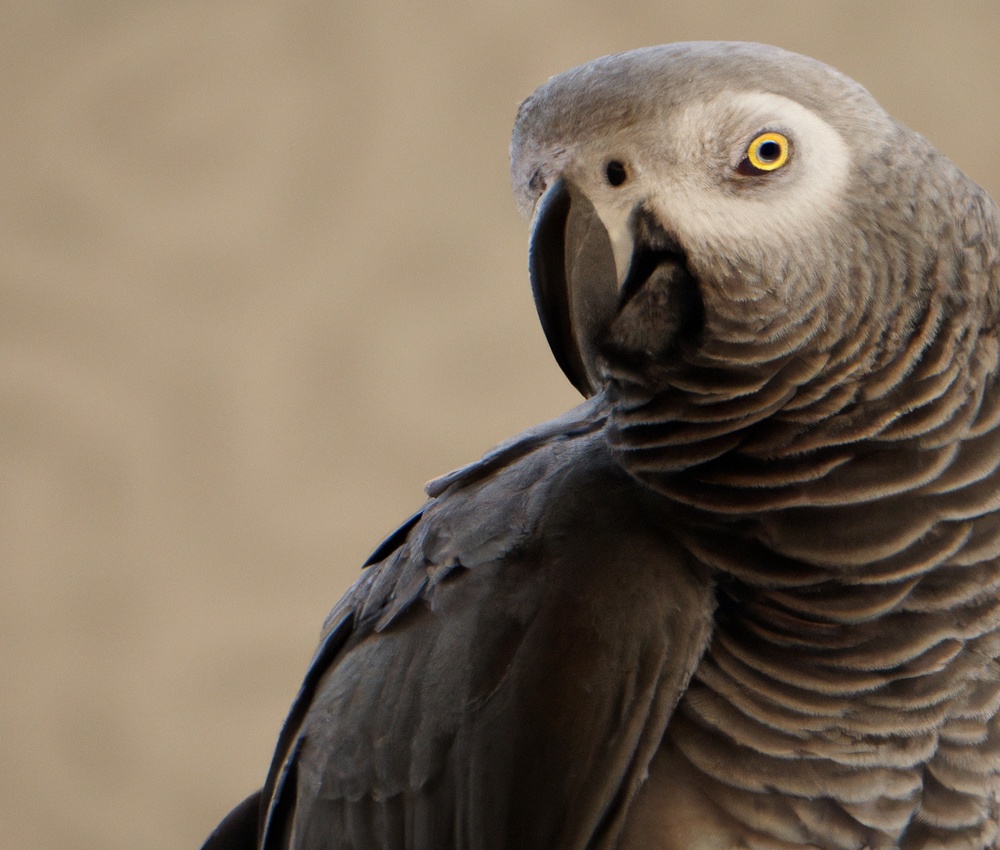
Physical and Behavioral Differences Between Wild-Caught and Captive-Bred Parrots
Wild-caught and captive-bred parrots differ in their physical characteristics and behavior.
Physical Characteristics of Wild-Caught African Grey Parrots
Wild-caught African Grey Parrots have distinct physical characteristics.
They tend to have longer wings and tails compared to captive-bred ones.
Their plumage is often darker with a smoky grey color, and their feathers may have a more worn or weathered appearance.
Wild-caught African Grey Parrots also typically have stronger beaks and claws due to their natural foraging habits in the wild.
Physical Characteristics of Captive-Bred African Grey Parrots
Captive-bred African Grey Parrots have distinct physical characteristics that differentiate them from their wild counterparts.
These birds often have a more consistent appearance in terms of feather color and pattern, as they are bred selectively over generations.
Captive-bred African Grey Parrots are also more likely to have a trimmed beak and nails, as these aspects are regularly maintained by their caretakers.
Additionally, their overall health and condition are usually well-monitored, resulting in a healthier and more robust physique.
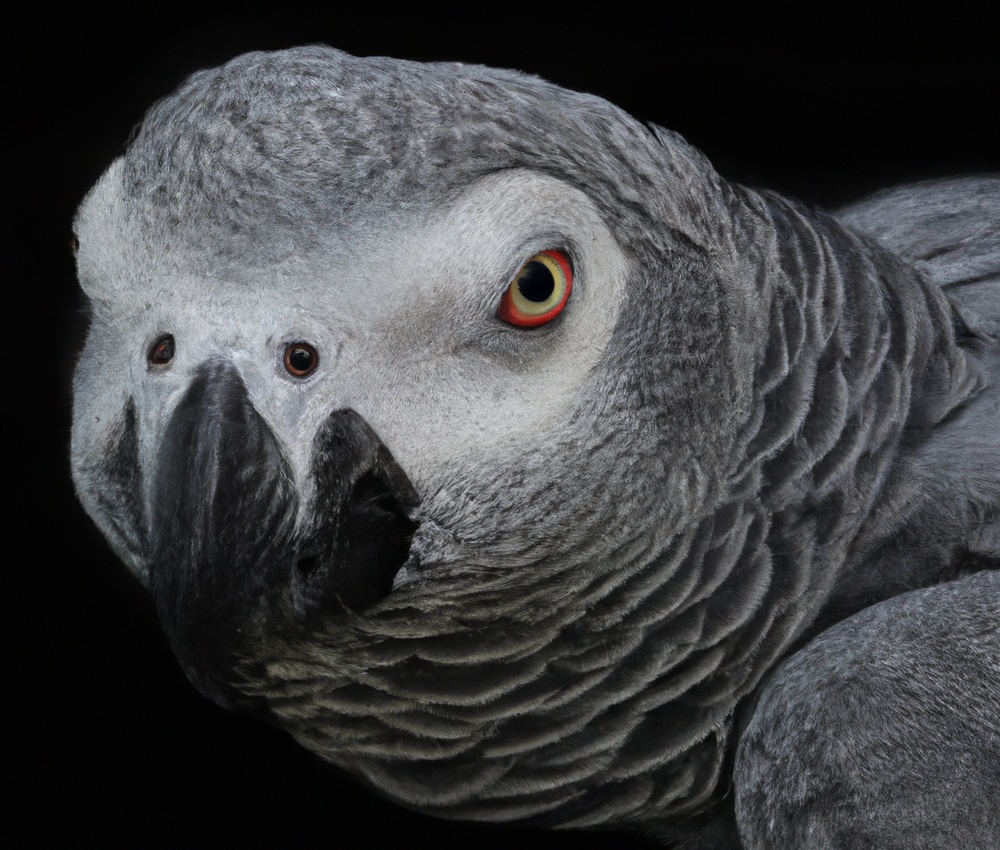
Behavioral Differences in Wild-Caught and Captive-Bred African Grey Parrots
Behavioral differences between wild-caught and captive-bred African Grey Parrots primarily stem from their early experiences and environment. Wild-caught parrots may exhibit more fearful and reactive behaviors due to the stress of capture and loss of freedom.
On the other hand, captive-bred parrots are often more comfortable with human interaction, as they’ve been raised around people from a young age.
They may be more adaptable to new environments and less prone to certain behavioral issues like aggression. However, individual personalities can still vary greatly.
Legal Considerations and Regulations
When considering African Grey Parrots, it’s important to be aware of the legal considerations and regulations surrounding their acquisition and ownership.
International Laws and Regulations
International Laws and Regulations play a crucial role in the trade and protection of African Grey Parrots. The Convention on International Trade in Endangered Species of Wild Fauna and Flora (CITES) regulates the import and export of these parrots globally.
It is important to ensure that any wild-caught African Grey Parrot you consider adopting has the proper documentation and meets the requirements set by CITES.
Additionally, it is essential to familiarize yourself with the local laws and permit requirements in your country or region before bringing a parrot into your home.
Local Laws and Permit Requirements
Local laws and permit requirements regarding the ownership and trade of African Grey Parrots vary from country to country and even regionally within countries. It is important to research and understand the specific regulations in your area before acquiring a parrot.
Some common requirements may include obtaining permits or licenses, adhering to quarantine protocols, and demonstrating proper care and living conditions for the parrot.
It is crucial to comply with these laws to ensure the well-being and legal protection of the parrots.
Choosing the Right African Grey Parrot for You
Finding the perfect African Grey Parrot for you involves considering various factors.
Factors to Consider When Deciding on a Parrot
When deciding on a parrot, there are several factors to consider. Firstly, think about the parrot’s lifespan as many species can live for decades.
Secondly, consider the level of commitment required for their care, as parrots need daily interaction and mental stimulation.
Thirdly, evaluate your living situation and ensure you have enough space for a birdcage and can tolerate potential noise. Finally, think about your experience and knowledge with parrots, as some species may require more experience due to their specific needs.
Assessing the Pros and Cons of Wild-Caught and Captive-Bred African Grey Parrots
Assessing the pros and cons of wild-caught and captive-bred African Grey Parrots is essential when considering adopting one.
Wild-caught parrots may exhibit natural behaviors and have stronger instincts, but they can be harder to tame and may require more patience.
On the other hand, captive-bred parrots are usually more socialized and adaptable, but they may lack certain natural behaviors.
It’s important to consider your experience, preferences, and ability to meet the specific needs of each type.
Importance of Finding a Reputable Breeder or Seller
Finding a reputable breeder or seller is crucial when getting an African Grey Parrot.
They ensure the parrot’s well-being, health, and proper upbringing.
A reputable breeder or seller will provide accurate information about the parrot’s lineage, offer support and guidance, and have a clean and well-maintained environment.
Avoiding unscrupulous breeders helps prevent potential health and behavioral issues in the future.
It’s important to do thorough research and ask for recommendations to find a reputable breeder or seller.
Frequently Asked Questions
Are Wild-Caught African Grey Parrots More Intelligent than Captive-Bred Parrots?
No, there is no evidence to suggest that wild-caught African Grey Parrots are more intelligent than captive-bred parrots. While individual parrots may vary in their abilities and intelligence, it is not determined by whether they are wild-caught or captive-bred.
Intelligence depends on various factors such as environmental enrichment, training, and individual genetics.
Can Captive-Bred African Grey Parrots Survive in the Wild?
Captive-bred African Grey Parrots may struggle to survive in the wild.
They have been raised in captivity and may lack the necessary survival skills.
They may also face challenges adapting to their natural environment and finding food.
It is important to consider these factors before releasing a captive-bred parrot into the wild.
What are the Risks of Owning a Wild-Caught African Grey Parrot?
Owning a wild-caught African Grey Parrot can pose several risks.
These include potential health issues due to the stress of capture and transportation, difficulty in adapting to a domestic environment, and behavioral problems stemming from trauma or lack of socialization.
Additionally, wild-caught parrots may be more prone to aggression and exhibit unpredictable behaviors.
It’s important to thoroughly research and consider the risks before bringing a wild-caught parrot into your home.
Can I Teach a Wild-Caught African Grey Parrot to Talk?
Yes, you can teach a wild-caught African Grey Parrot to talk.
While it may take more time and patience compared to a captive-bred parrot, African Greys are known for their intelligence and ability to mimic human speech.
Consistent training, positive reinforcement, and a bond of trust will help in teaching your parrot to talk.
Final Verdict
Understanding the differences between wild-caught and captive-bred African Grey Parrots is crucial when considering adopting one as a pet.
While wild-caught parrots pose ethical concerns and face challenges in adaptation and care, captive-bred parrots offer numerous benefits, including increased trainability and reduced risk of disease.
Additionally, it is essential to be aware of the legal considerations and regulations surrounding the acquisition of African Grey Parrots.
Ultimately, choosing the right parrot for you depends on various factors and requires careful consideration.
Finding a reputable breeder or seller is key to ensuring the well-being of your future feathered friend.

